|
|
|
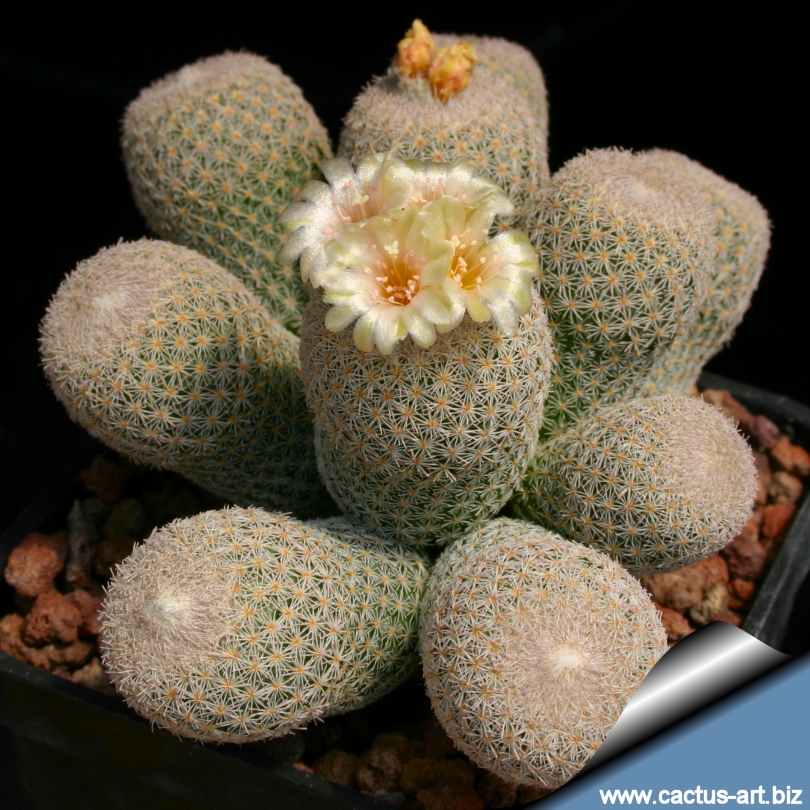
Epithelantha polycephala
An old
plant may have more than 100 heads,
and be
10 cm in
diameter.
|
|
Description:
Clustering
miniature cactus; an old plant may have more than 100 heads, and be
10 cm of diameter.
Stem:
Elongated and very thin, 1-2cm in diameter.
Spines:
Very short,
appressed, grey/whitish or pastel new spines on
shoot
apexes
are reddish.
Notes:
This is a very distinctive cactus, though quite variable regarding
stem's sizes and branching
propensity.
|
|
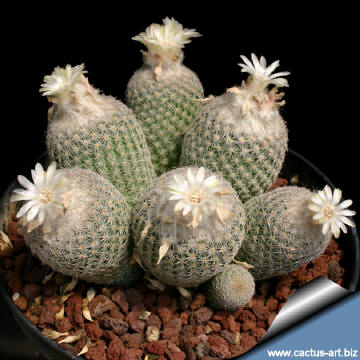 |
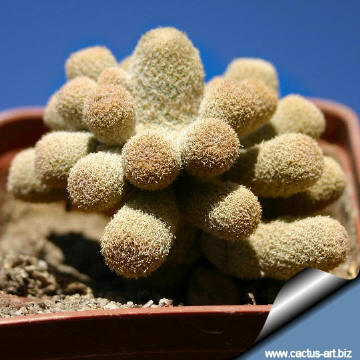 |
|
. |
|
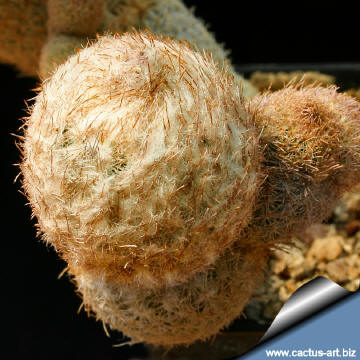 |
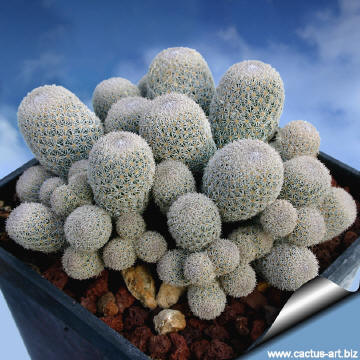 |
|
. |
|
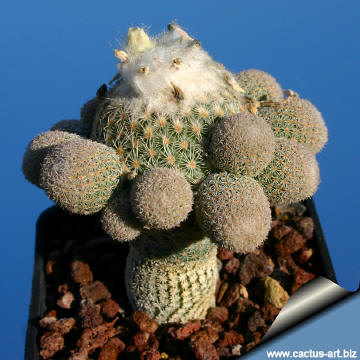
|
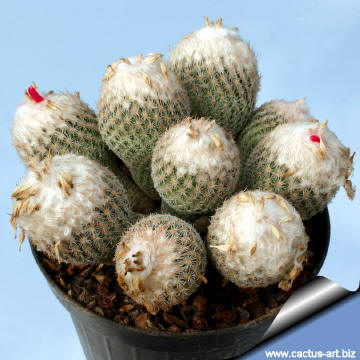
|
|
. |
|
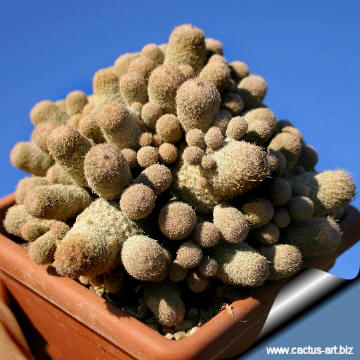
An old specimen
From Mr. Landini's collection, Italy
|
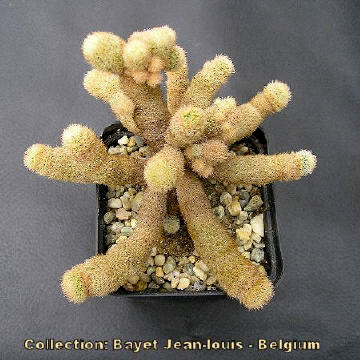
A plant from the collection
of
Jean-louis Bayet, Belgium. |
|
Cultivation:
Although regarded as a choice and difficult
plant in cultivation it is relatively easy. It needs a soil mix that's
particularly well-draining (rot prone). Water sparingly.
Frost Tolerance:
Depending on the clone, will take -12° C (Temperature
Zone: USDA
8-11)
Sun Exposure:
Light shade to full sun
Propagation:
Seeds, offsets.
Photo of conspecific taxa,
varieties, forms an cultivars of Epithelantha micromeris:
|
|


Advertising
|
|
|
|
Family:
Cactaceae
(Cactus Family)
Scientific Name:
Epithelantha micromeris ssp. polycephala
(Backeberg) C.
Glass
1997
in: Guía Identific. Cact. Amenazadas México, 1: Ep/mi ssp. polycephala (1998
publ.): 1997
Basionym:
E. polycephala Backeberg 1954
in: Cactus, Paris, No. 39, 32; et
No. 40, 62 (1954); cf. Backeb. Cactac. Handb. Kakteenk. 5. 2918
(1961), 1954
Distribution:
Mexico (Coahuila)
Conservation status: Listed in
CITES appendix 2.
Synonyms:
-
E. polycephala Backeberg 1954
in: Cactus, Paris, No. 39, 32; et
No. 40, 62 (1954); cf. Backeb. Cactac. Handb. Kakteenk. 5. 2918
(1961), 1954
- E.
micromeris v. polycephala
- E. micromeris
ssp. micromeris var.polycephala
- E. greggii v
polycephala
Etymology:
The
subspecies name "polycephala" derives from the Greek
adjective “polys (πολυς)”
meaning “much, many, frequent; large; heavy” and the word “cephale (κεφαλη)”
meaning “head; front; end, point; source, top;
chief person”
(The subspecific name implies: “many-headed”) |
|
|
|
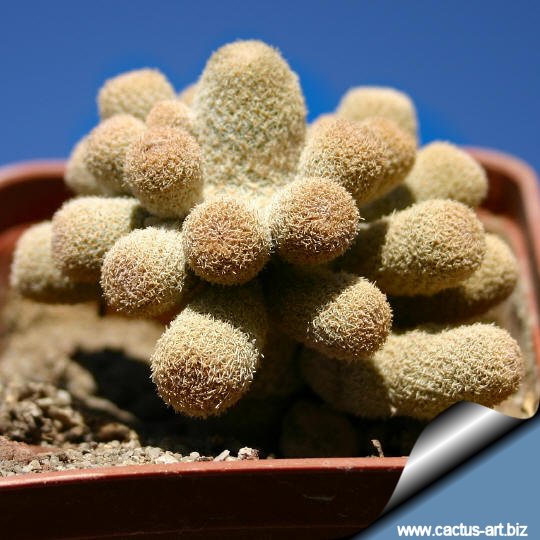
Clusters of tiny heads
From Mr. Landini's collection, Italy
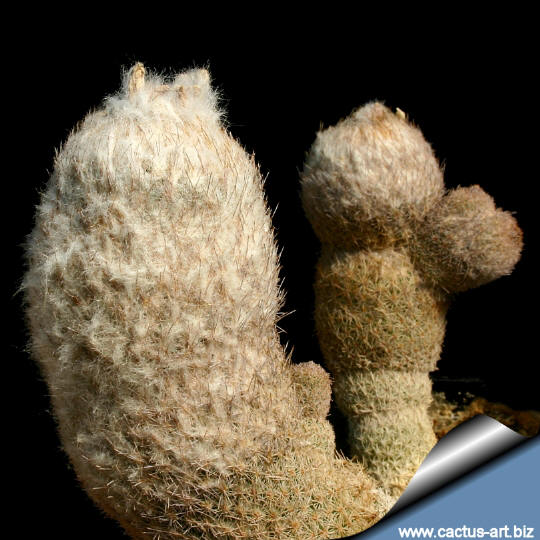
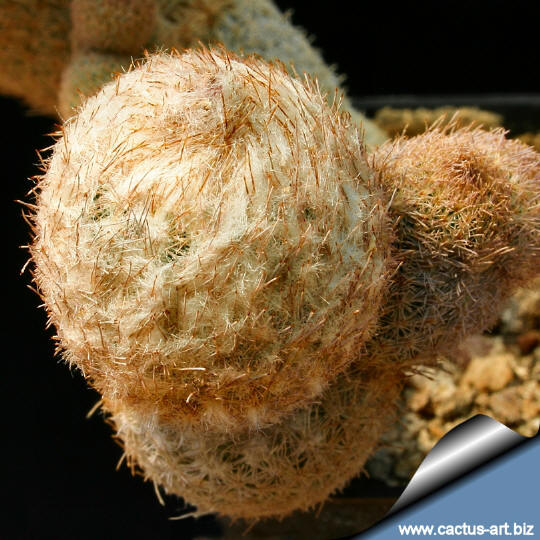
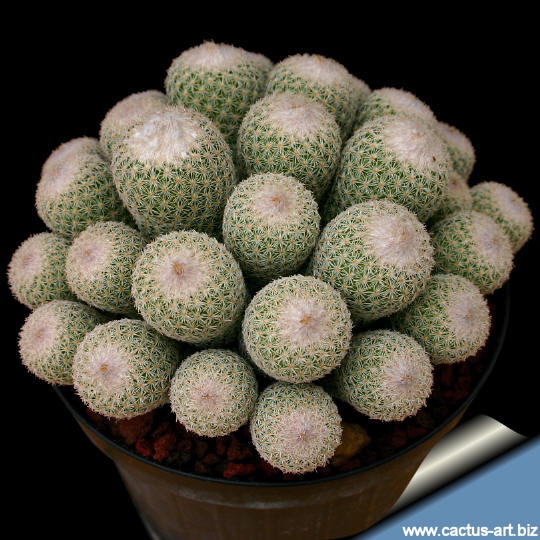
|
|